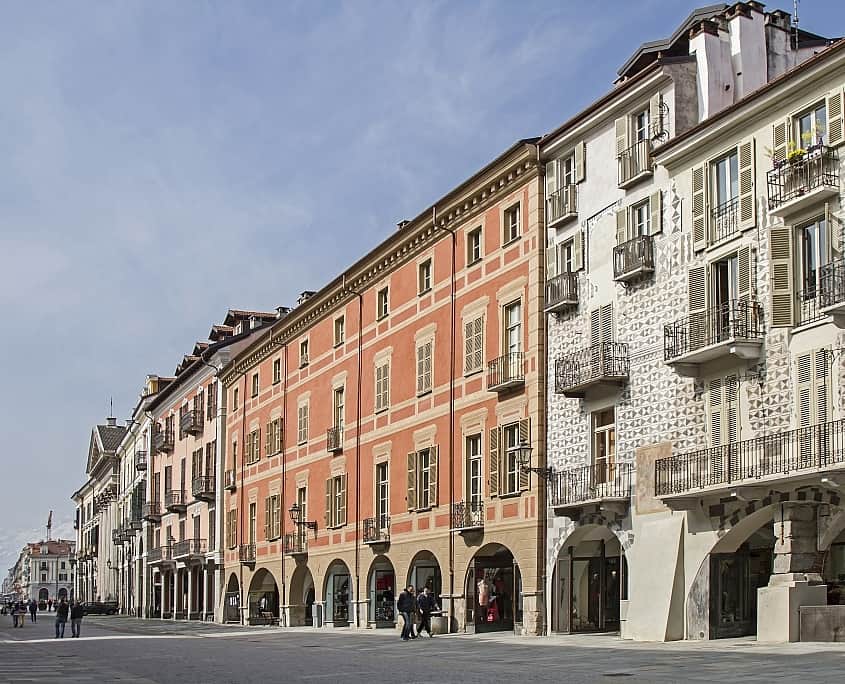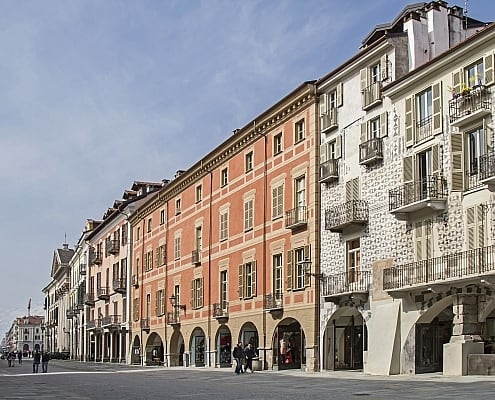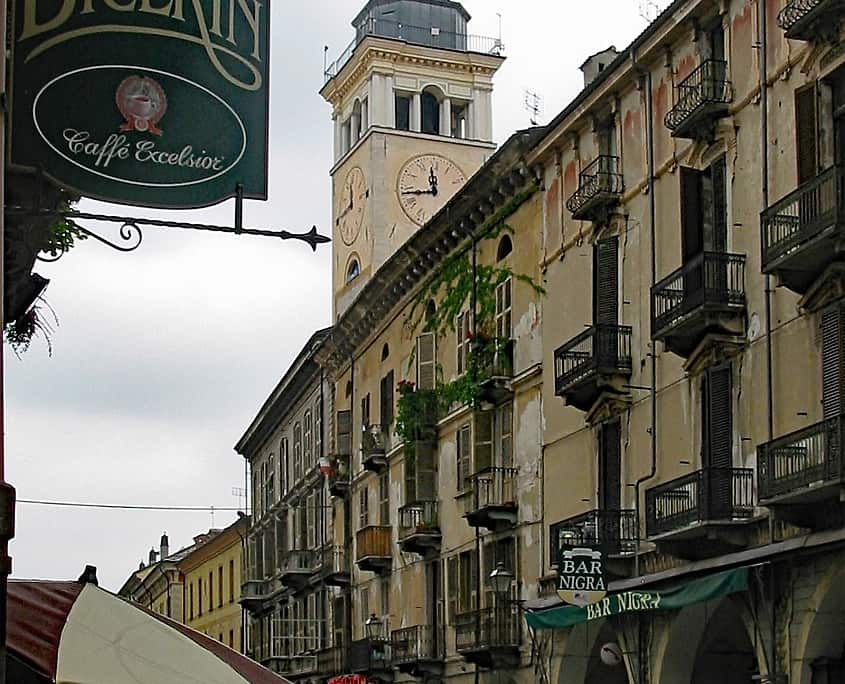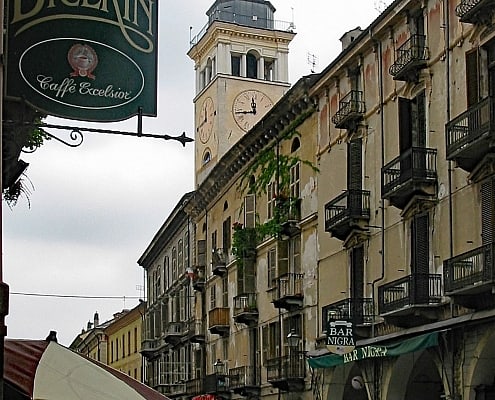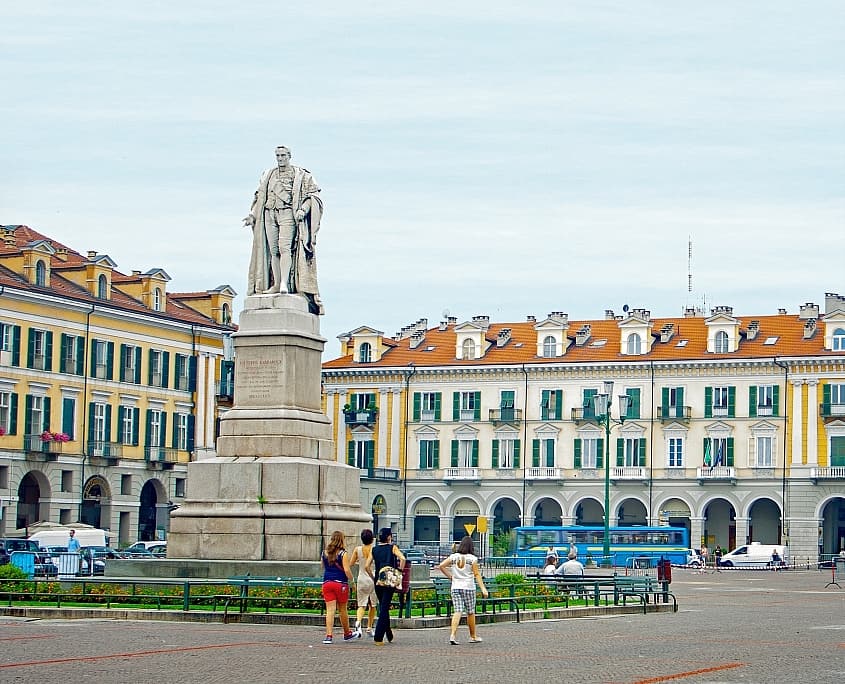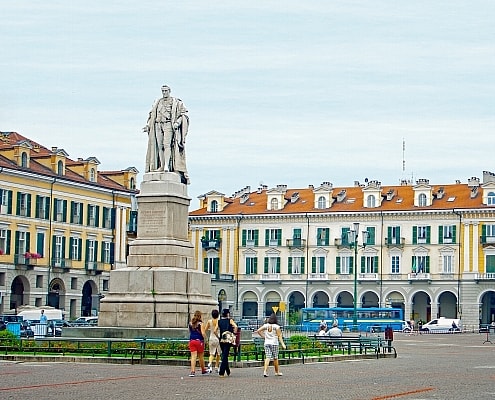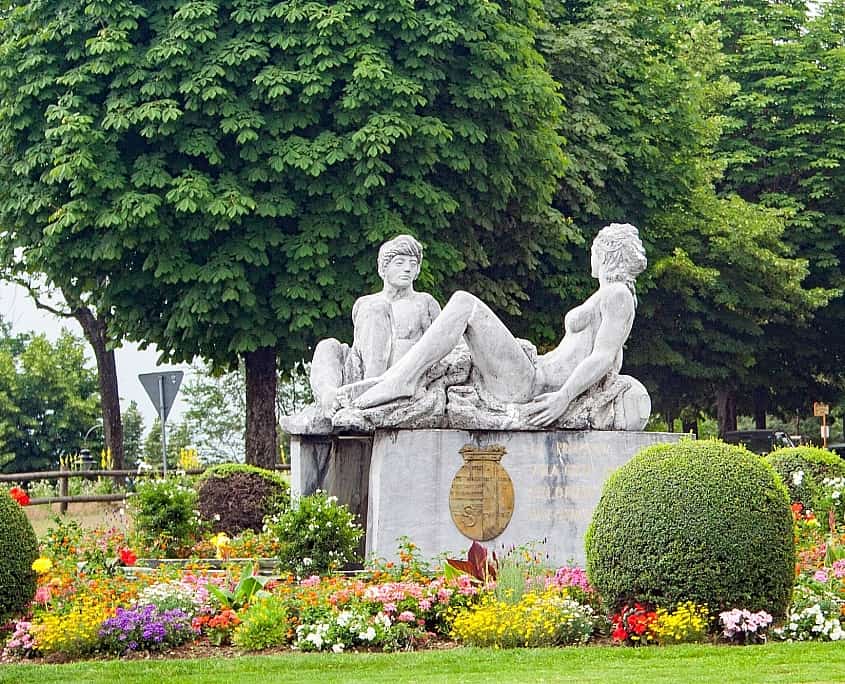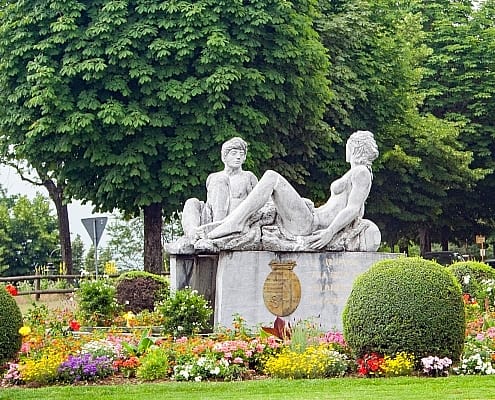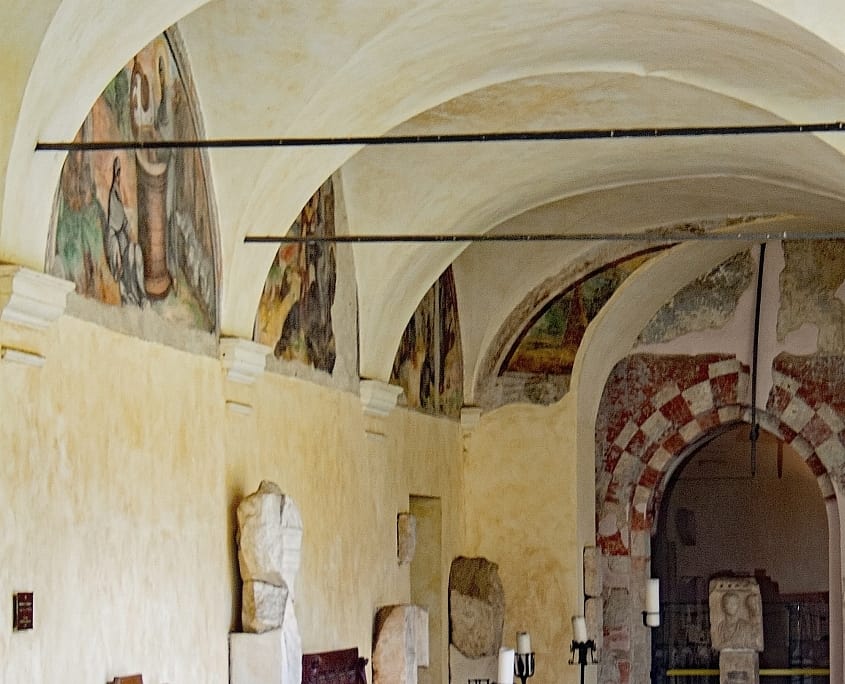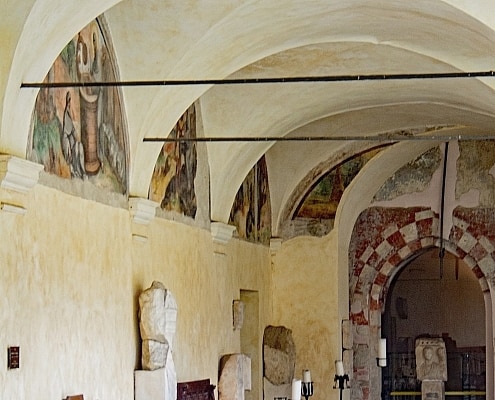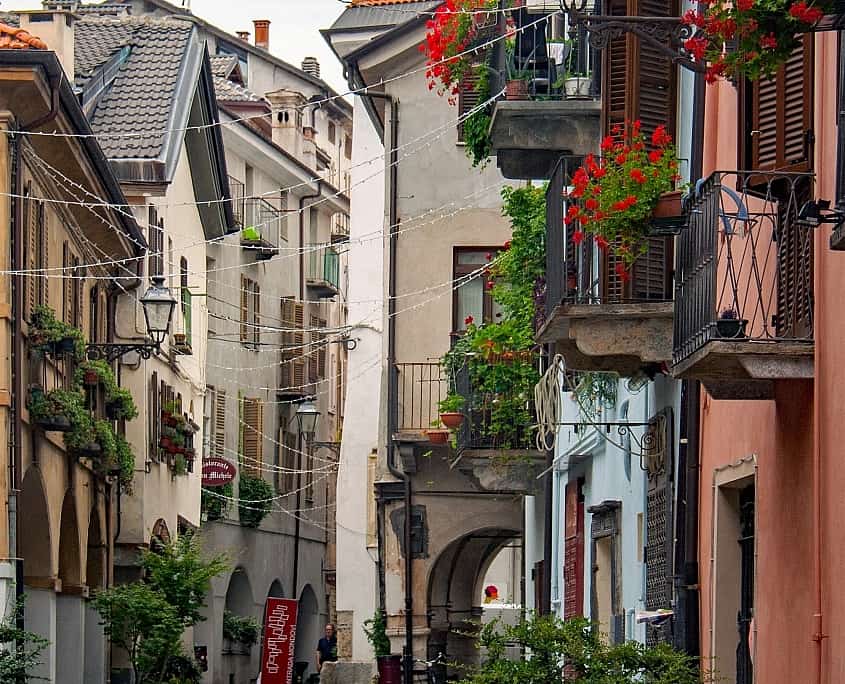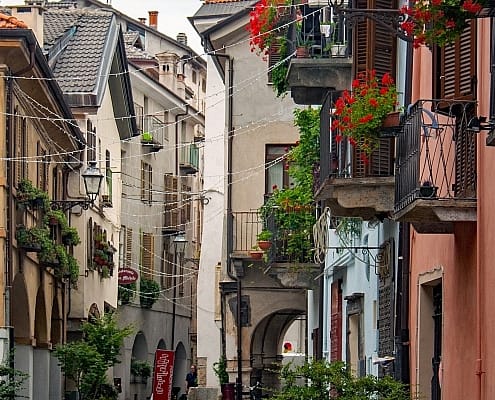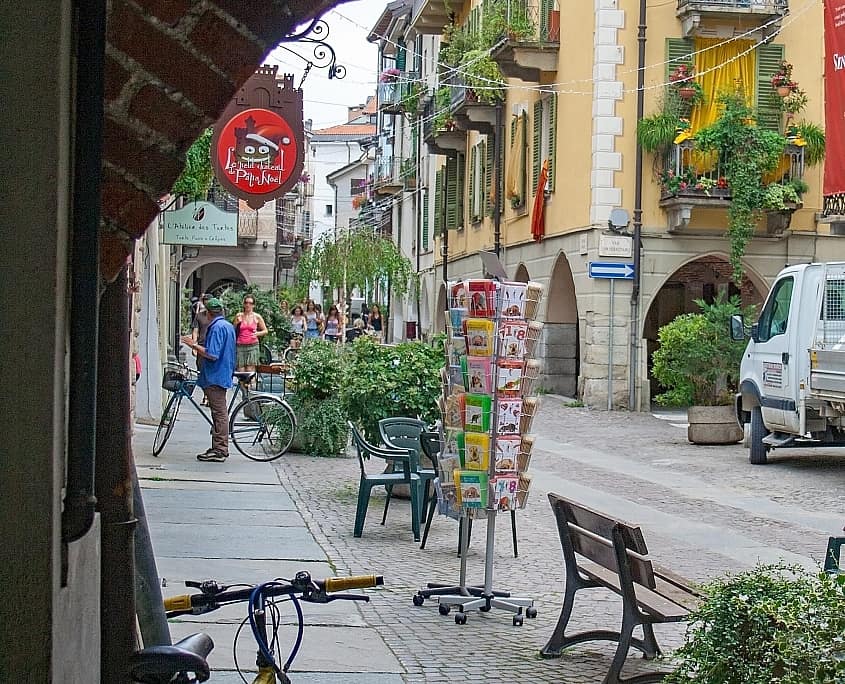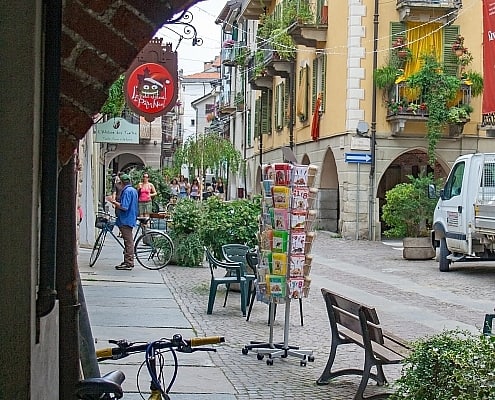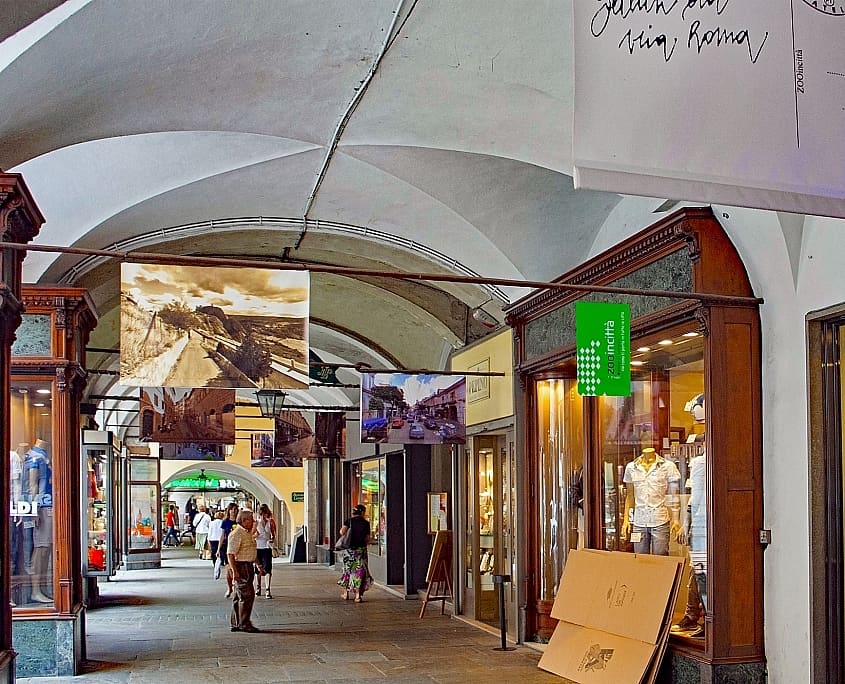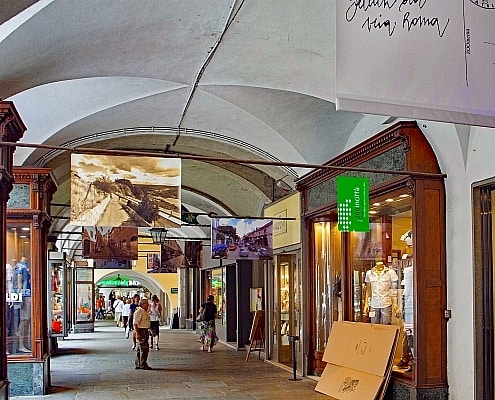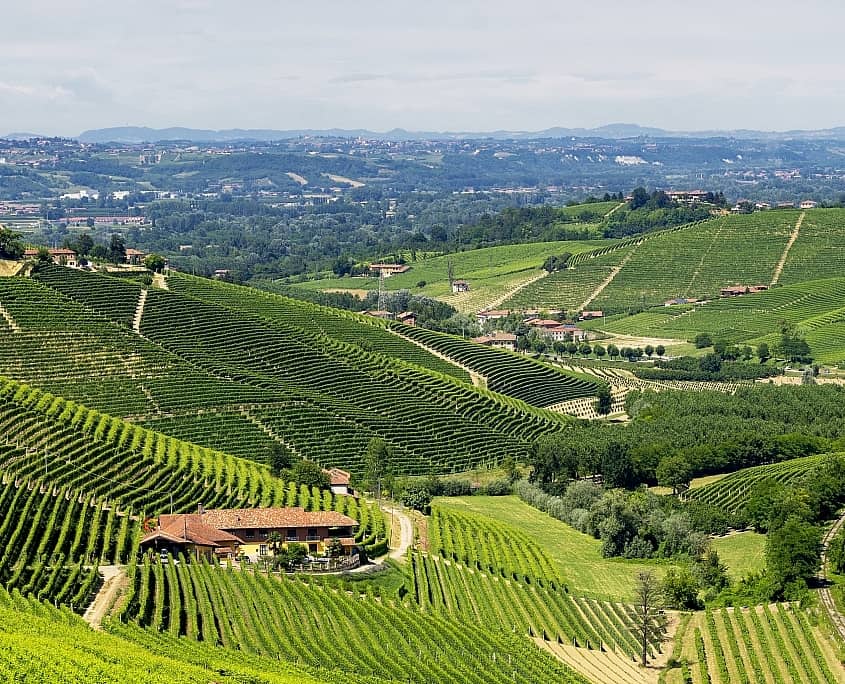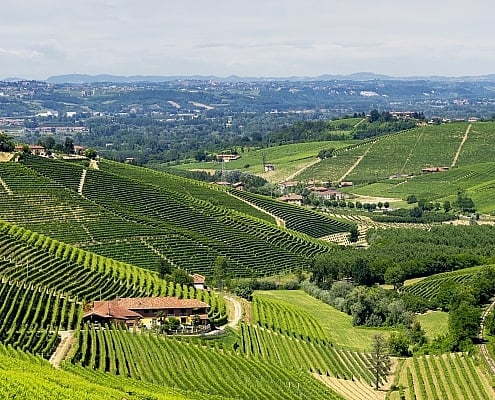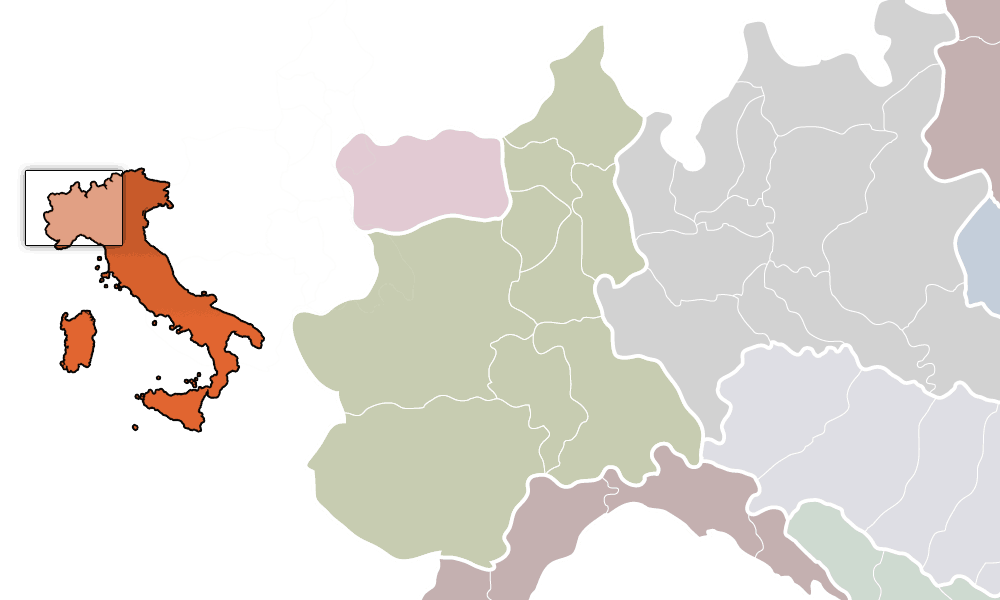Most tourists come to Cuneo in transit and are then surprised by the beautiful city, which has a lot of sights and can score with beautiful shopping streets. In the west of Cuneo are the Alps with the foothills of the Monviso, which are a popular hiking and mountaineering area. Cuneo is located in the arch of the southwestern alpine chain, surrounded by Monte Viso, Argentera, Rocca dell’Abisso and Bisalta.
The provincial capital, Cuneo, was founded in 1198 between the Stura and Gesso rivers. The city lies on the triangular plateau like a “cuneo”, a wedge.
The first settlement was on the highest point along Via Roma. In the Middle Ages, Cuneo was converted into a fortress. Due to its strategic location, the city has always been the site of power struggles and wars. Today about 60,000 inhabitants live in the provincial capital Cuneo.
What To See In Cuneo?
Piedmont Tours and Activities For Individual Travellers and Groups by milano24ore
Private Travel Group Travel




